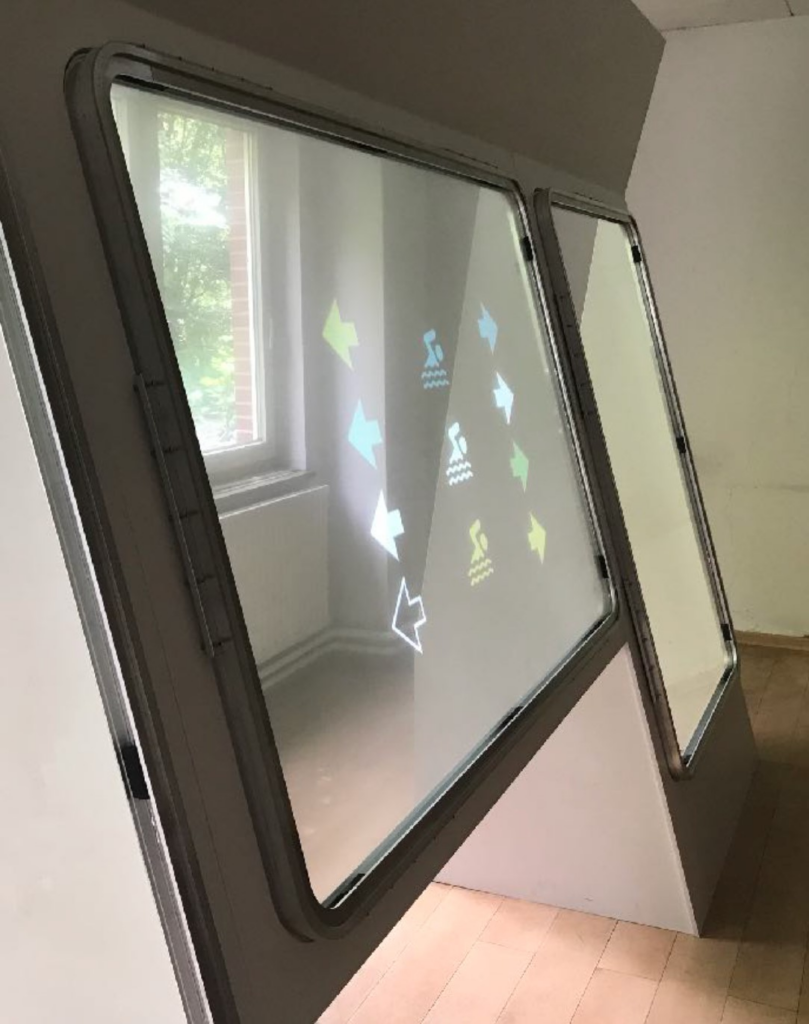The Fraunhofer Institute promises to improve safety and efficiency in maritime navigation. The institute, along with industry partners and the Fraunhofer Institute for computer graphics research (IGD), has been developing the smart window – a solution that will offer real-time data to enhance ship navigation, even in foggy, dark, or low-visibility conditions.

The smart window project incorporates an Augmented Reality (AR) display into a ship’s bridge window, presenting information directly in the shipmaster’s line of sight. This display could include precise images of the dock, complete with additional information on currents, docking options, and more, greatly simplifying the shipmaster’s job. A central component of the AR display is a scanning full-color laser projection system created by Fraunhofer ISIT. At the heart of the system is a silicon micro-mirror that oscillates around two perpendicular axes, stimulated by electrostatic forces. By directing laser light onto the mirror, the system can project a clear, well-illuminated image onto the ship’s window, providing essential data to the crew.
This ambitious project involves a complex interplay between data processing, sensors, and visualization. In order for the augmented reality display to effectively enhance real-world visuals, a digital model of the world must be accurately aligned with reality. To achieve this, global data, such as position information from electronic nautical chart systems, must be combined with local data from ship sensors, including radar. This information must be presented relative to the observer’s viewpoint, requiring significant processing power and precise information about the user’s field of view.
As the user moves, the system must respond in real-time to keep the virtual image synchronized with the real world. A 3D camera handles this tracking function, ensuring robust and precise operation even in low-light conditions found on a ship’s bridge at night. An essential building block for AR projections on the bridge windows is suitable glass laminates. These must be made from single glass panes combined with films to create a laminate that can meet strict requirements for maritime environments.
The smart window project has significant implications for meeting the increasing demands on transportation and supply infrastructure amid globalization. While truck drivers, train engineers, and pilots are either bound by road and rail networks or rely on electronic monitoring systems, ships often must navigate independently, necessitating high decision-making competency and data-driven planning from shipmasters.

